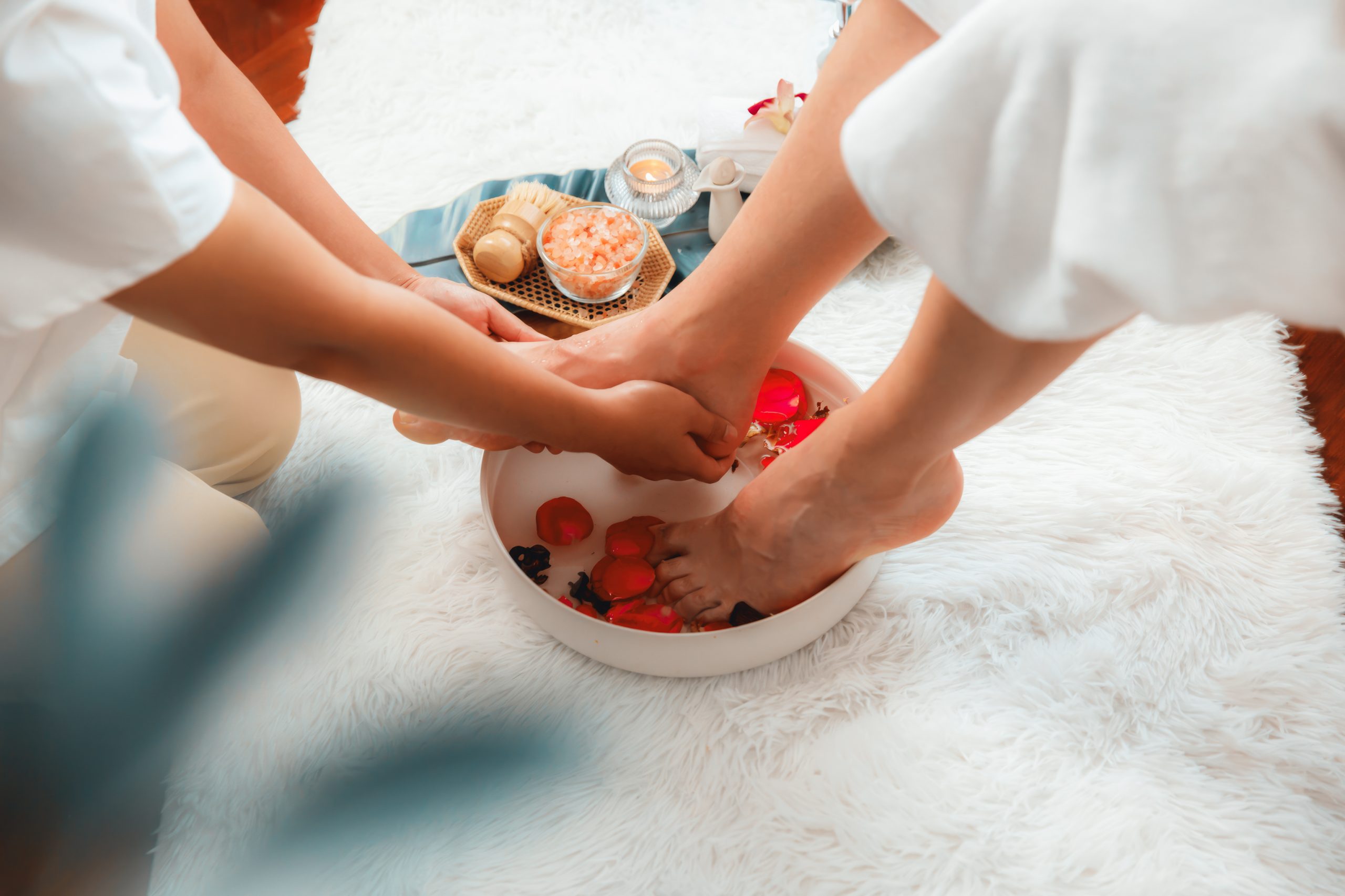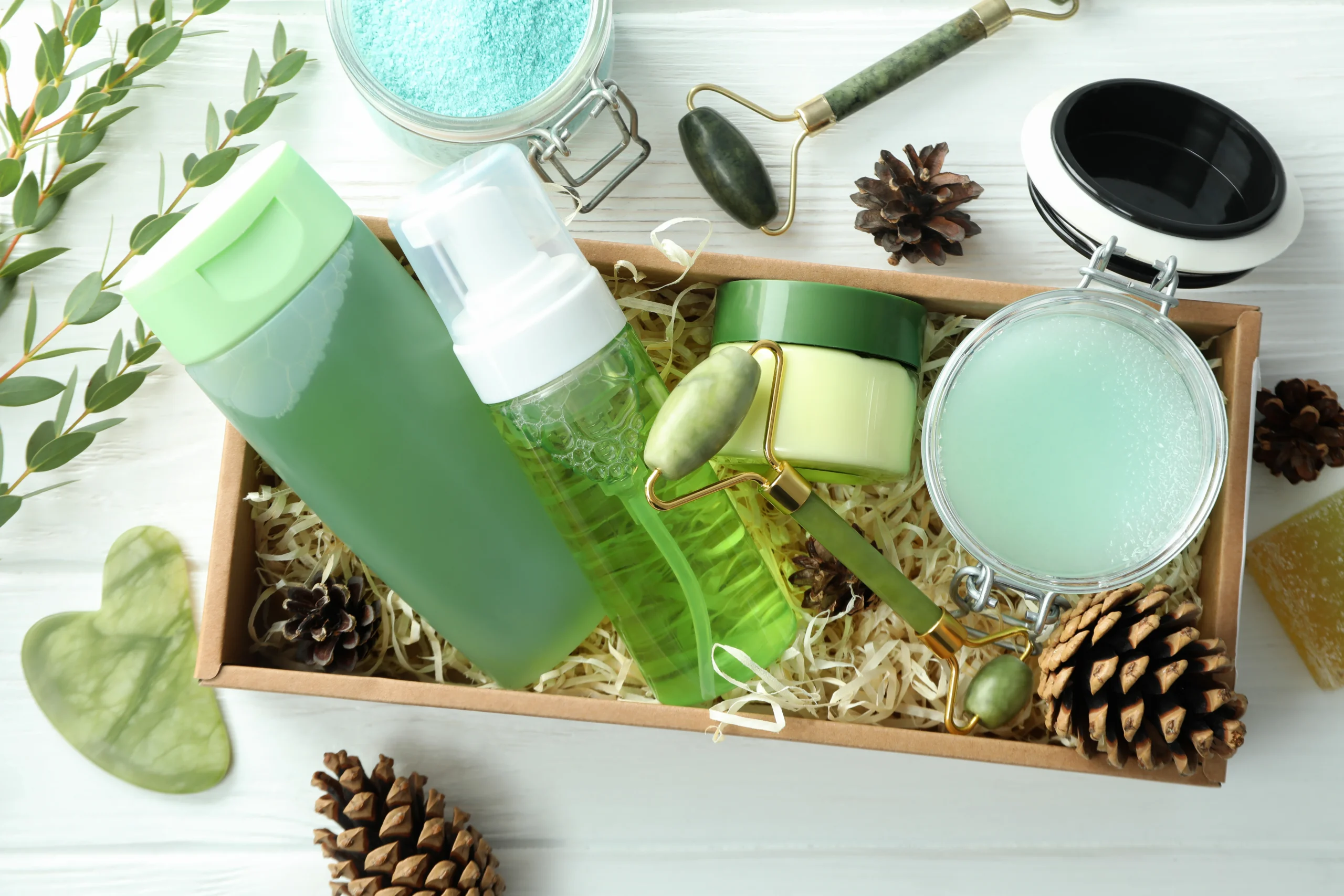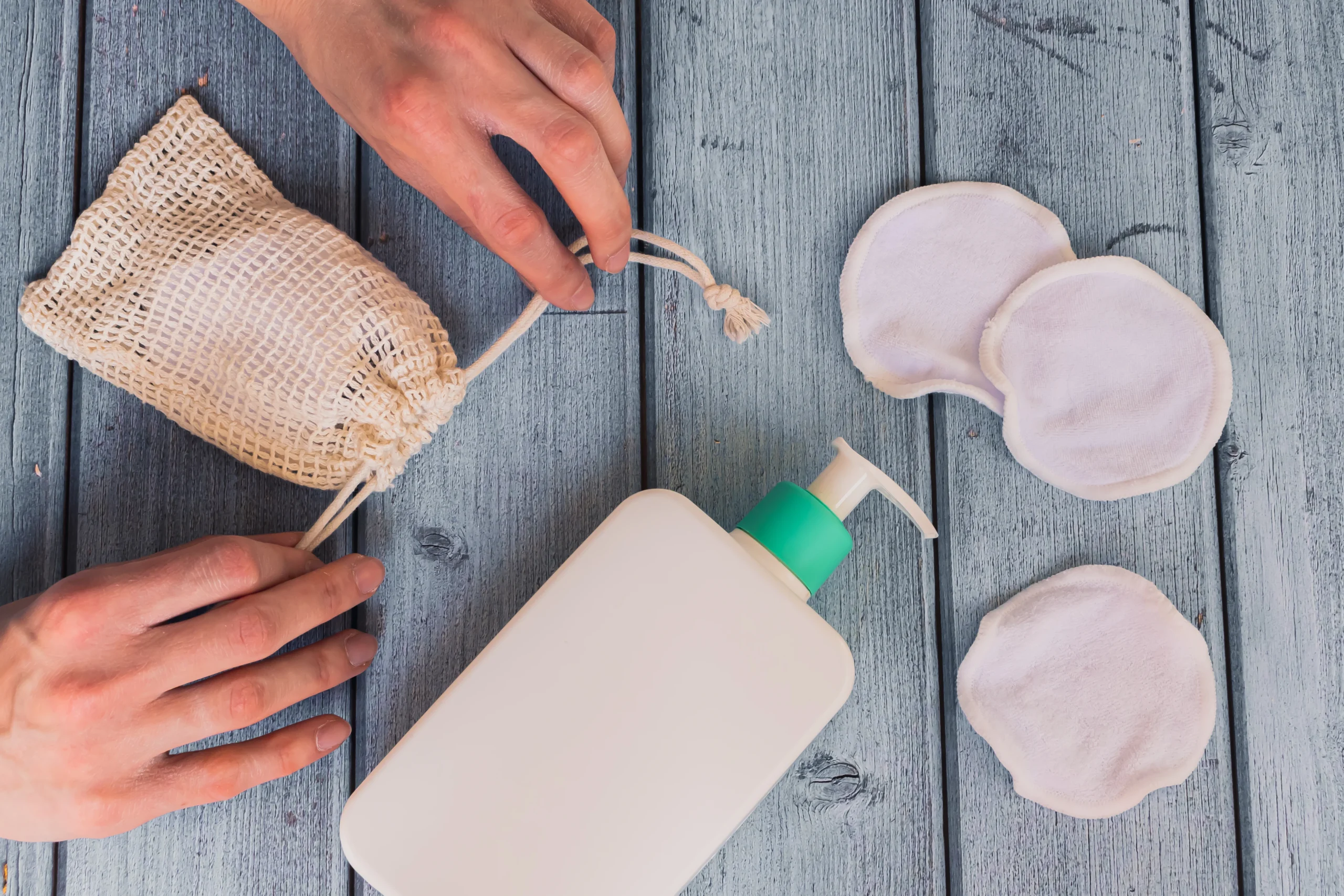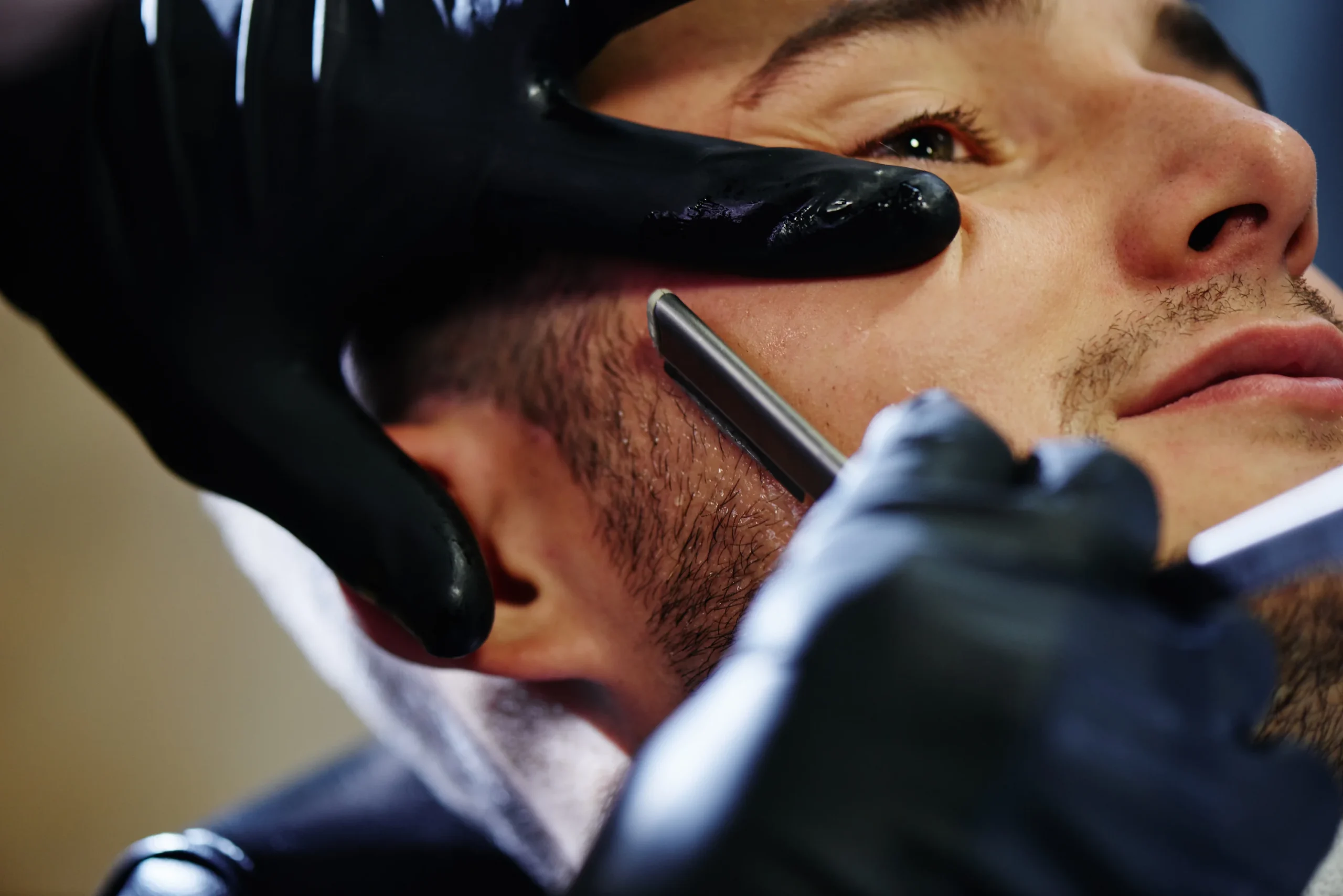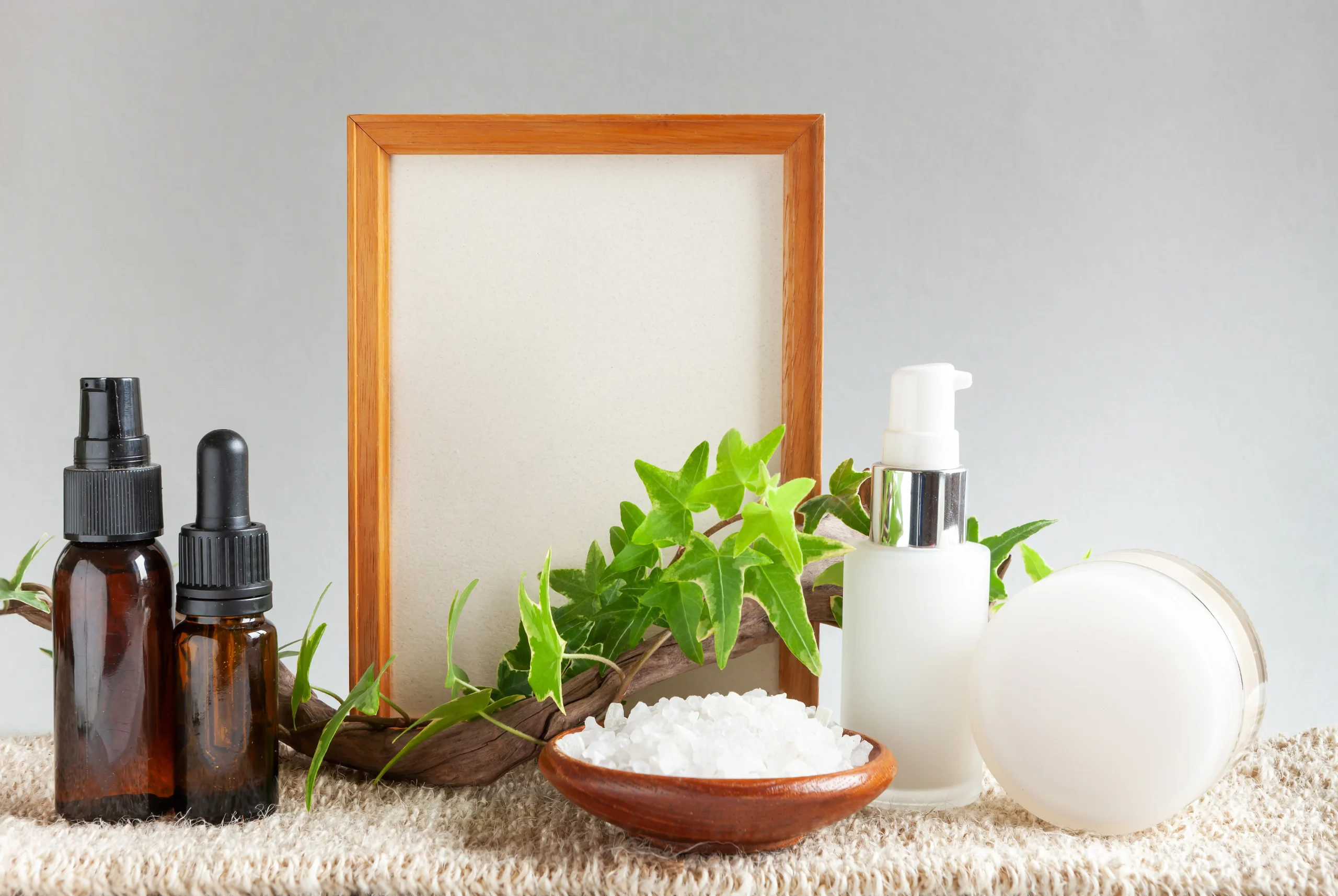At-home hand and foot care tips aren’t just beauty treatments; they’re powerful daily habits that protect your body’s most-used and most exposed parts. Your hands work tirelessly every day, and your feet bear the full weight of your body all day long, often confined to shoes. They are exposed to environmental stressors, dryness, chapped skin, and fungal infections. Regular care at home protects you from these discomforts, signs of skin aging, and even painful conditions like calluses, blisters, or eczema. In today’s busy lives, going to the salon is not always possible. That’s why taking proper care of your hands and feet at home is convenient and essential. With appropriate knowledge and consistent practice, you can keep your skin young, supple, healthy, and functional without leaving home.
Why Regular Care Is Important
Regular hand and foot care helps prevent dead skin, cracked skin, and nail problems. It increases blood circulation and also provides mental peace, so it not only serves as a beauty but also as a wellness practice. By following a routine, you will see signs of aging on your skin, reduce skin diseases, and make your nails stronger and healthier.
What problems Can Occur Due To Negligence?
If you don’t regularly care for your hands and feet, some annoying and sometimes serious problems can arise. For example, dry and flaky skin, cracked heels, brittle or weak nails, and even fungal infections can occur. If ignored, minor issues like blisters or calluses can turn into infections or chronic pain.
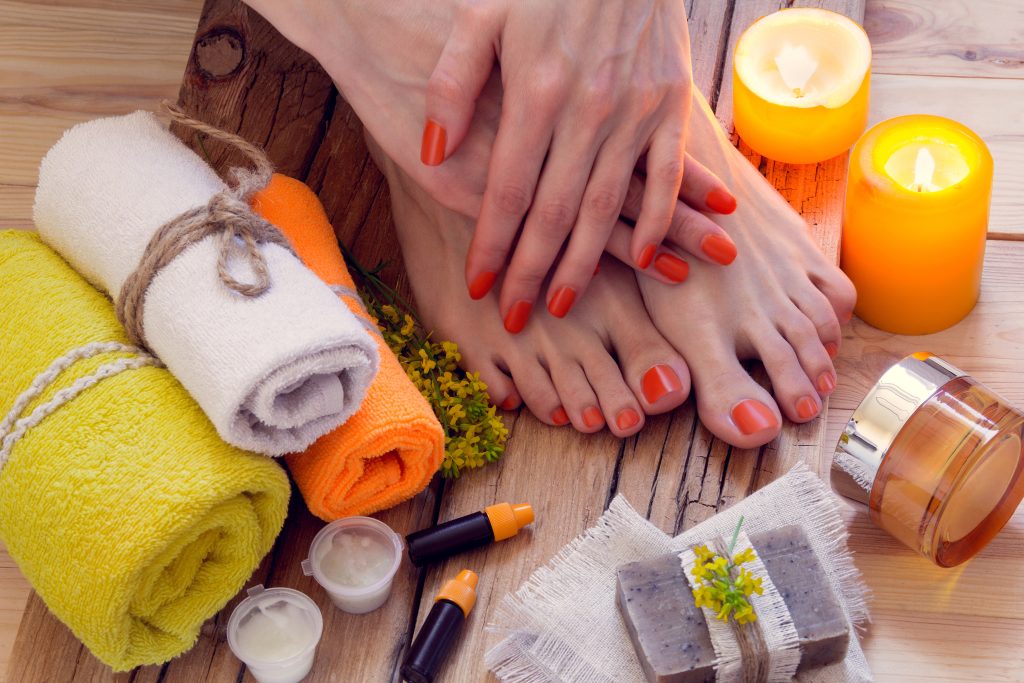
Creating A Perfect Routine
A complete routine doesn’t have to be complicated or time-consuming; consistency is enough. Even if you follow the five steps regularly, you will see significant changes in your skin’s texture, beauty, and health.
Morning vs Night: When Is Better?
The morning routine is perfect for hydration and protection, while the night routine is best for deep nourishment and recovery. A hand cream with SPF in the morning protects the skin from sun damage, and nourishing creams and oils at night are better absorbed.
Step-by-Step Hand Care Process
Start taking care of your hands with a gentle cleanser that removes dirt and bacteria. Then, use a natural scrub. A simple mixture of sugar and oil is enough. Rinse, pat dry, and use a hand cream rich in shea butter or hyaluronic acid. Don’t forget to apply cuticle oil and fill and buff your nails at least once weekly to keep them strong and healthy.
Step-by-Step Foot Care Process
Start with a warm water soak. Mixing Epsom salt or apple cider vinegar with it will provide additional benefits. Then, rub the dead skin off your feet with a pumice stone. Wipe thoroughly using a thick urea-based cream to seal the skin’s moisture. Wearing socks overnight increases the cream’s absorption capacity.
Care For Natural Ingredients From The Kitchen
You don’t need expensive products to care for your hands and feet effectively. Many ingredients in your kitchen have incredible powers to heal and moisturize your skin.
Making Homemade Scrubs, Soaks, and Moisturizers
You can make a simple scrub with brown sugar and coconut oil. For the soak, mix lemon juice and honey in lukewarm water. For dry skin, using mashed avocado or aloe vera gel directly will soften and soothe it.
The Power of Essential Oils In Skin Care
Lavender oil helps with mental calm and healing, while tea tree oil has antimicrobial properties. A few drops of this oil in a soak or cream increases the therapeutic effect.
Choosing The Right Product According To Your Skin Type
You will benefit most from choosing products that match your skin type. Dry skin needs heavier occlusive ingredients, while oily skin needs lighter, noncomedogenic formulas.
Which Ingredients Are Good To Have In Hand And Foot Creams And Which Ones To Avoid?
Choose moisturizers rich in shea butter, glycerin, ceramides, and urea. Avoid alcohol-based products, artificial fragrances, and harsh preservatives, as these can increase skin dryness or allergies.
Choose The Right Moisturizer According To Skin Condition
If your skin breaks easily, use a thick, barrier-forming cream. For mild dryness, a simple lotion is enough. Hypoallergenic and fragrance-free products are safe for sensitive skin.
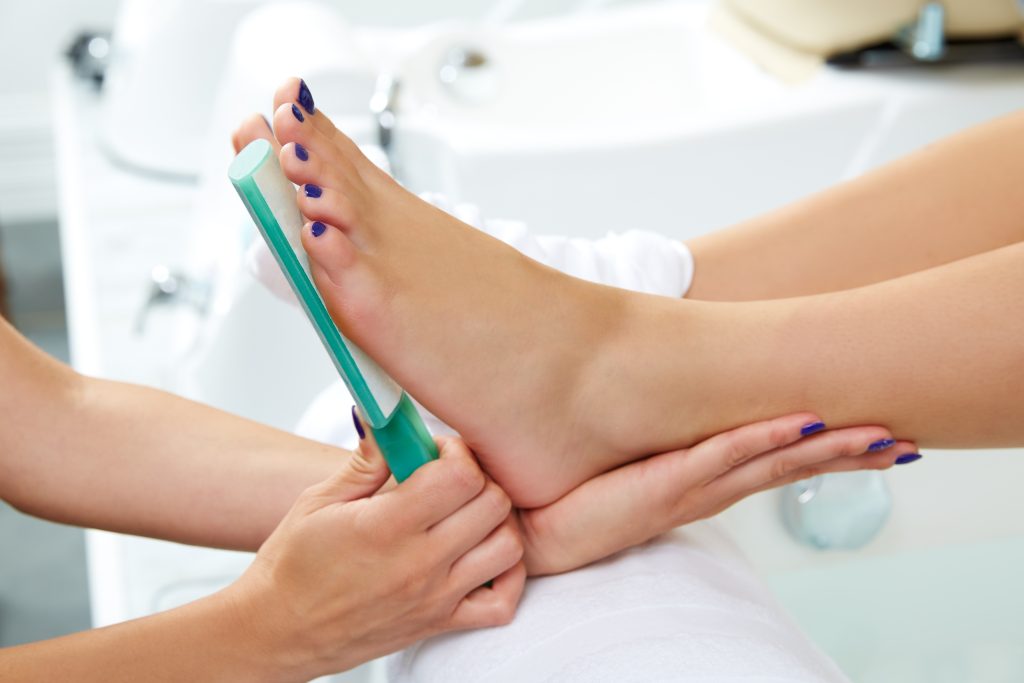
Seasonal Hand And Foot Care Tips At Home
Skin needs differ each season, so hand and foot care routines should change accordingly. Changes in temperature, humidity, and weather profoundly impact skin texture, moisture, and overall health. Proper care at the right time can prevent cracked heels in the winter or fungal infections in the summer.
Safety Tips For Winter
Cold, dry air in winter absorbs the skin’s natural moisture, leaving hands and feet feeling dry, tight, and uncomfortable. Heavy, moisturizing creams are essential during this time. Use hand cream containing shea butter, glycerin, and ceramides. Urea-based foot creams are very effective in healing cracked heels.
Avoid washing hands and feet in hot water, as this can make the skin even drier. Wash with lukewarm water, dry quickly, and apply a good-quality moisturizer. Be sure to wear gloves and socks when going outside and use a humidifier at home to maintain moisture in the air.
Summer Care
During the summer, excessive sweating and high humidity can breed bacteria and fungi on the feet. Keep your feet and hands clean by washing them regularly and consistently drying them thoroughly, especially between the toes. During this time, use a light, gel-based moisturizer to keep your skin moisturized but not greasy. Products containing aloe vera, cucumber extract, and hyaluronic acid are best. Using food powder for excessive sweating prevents odor and infection.
Protecting your hands from the sun’s rays is the most important thing. Apply hand cream with SPF before going outside and reapply every few hours. Applying sunscreen to your feet is essential, even when wearing open shoes or sandals. Excess sun exposure causes premature aging and spots on the skin.
Monsoon Season Advice
Humidity and muddy water during the rainy season increase the risk of fungal infections on the feet. It is essential always to keep your feet clean and dry. Change socks daily and wear waterproof, breathable shoes.
Use antifungal powders or sprays regularly, especially for those more prone to infections. Keep your toenails short and clean. If your hands get wet in the rain, wash them thoroughly and use moisturizer.
Spring And Autumn Care
Temperature fluctuations during these in-between seasons have a subtle effect on the skin. In spring, it needs to recover from the harshness of winter, while in autumn, the humidity in the air decreases, making the skin dry.
During this time, perform a light exfoliation to remove dead cells and allow the skin to absorb moisturizer. Use a light moisturizer during the day and a deeply nourishing cream at night. Cuticle oil and a hand and foot mask at night will keep your skin smooth and soft.
By caring for your hands and feet according to the seasons, you can keep your skin healthy, smooth, and vibrant all year round. Minor changes for each season can make a big difference. So be aware and take care of your skin according to its needs.
Lifestyle Changes Improve Skin Health
Skincare isn’t just limited to using external products; your internal habits are essential, too.
The Effect of Diet And Water Intake
Drink enough water throughout the day. Include foods rich in omega-3s, such as flaxseed and salmon, in your diet. Vegetables, vitamin E, and biotin supplements help improve skin texture and health.
Some Habits That Unknowingly Damage The Skin
Constantly washing hands with harsh soap, walking barefoot, biting your nails, and not using a moisturizer after washing hands are small habits that can slowly cause severe damage to the skin.
Continue Your Beauty Journey With More Articles Here

Frequently Asked Questions (FAQs): About Hand And Foot Care Tips At Home
Question: How often should Hand and Foot Care Tips be done At Home?
Answer: It’s best to moisturize daily and scrub at least once a week. For good results, set a specific routine and stick to it.
Question: Can home hand and foot care be an alternative to parlor treatments?
Answer: With the right equipment and attention, getting care at home that is as effective and much healthier as in a hospital is possible.
Question: What are the best natural ingredients for hand and foot care?
Answer: Coconut oil, shea butter, aloe vera, and oatmeal are wonderful ingredients for moisturizing and healing the skin.
Question: How effective is home care for cracked heels?
Answer: It is fully effective. Regular soaking, exfoliating, and moisturizing with urea cream can significantly reduce the amount of cracking.
Question: How long does it take to see home hand and foot care results?
Answer: Visible changes can occur in just one week, but regular care is essential for long-lasting benefits.
Question: Is using essential oils for hand and foot care safe?
Answer: Yes, but you must mix it with a carrier oil and do a patch test before use to avoid allergies.
Final Thought: Hand and Foot Care At Home – A Lifestyle
Taking care of your hands and feet at home isn’t just a cosmetic procedure; it’s an essential part of your overall self-care. Even dry and dull skin can become radiant and healthy with proper care. Remember, consistency is key. Make hand and foot care an enjoyable daily habit; you will soon see and feel the difference. Cracked heels or rough hands, whatever the problem, adopting these home remedies will help you achieve healthier skin and a confident presence with every touch and step.

